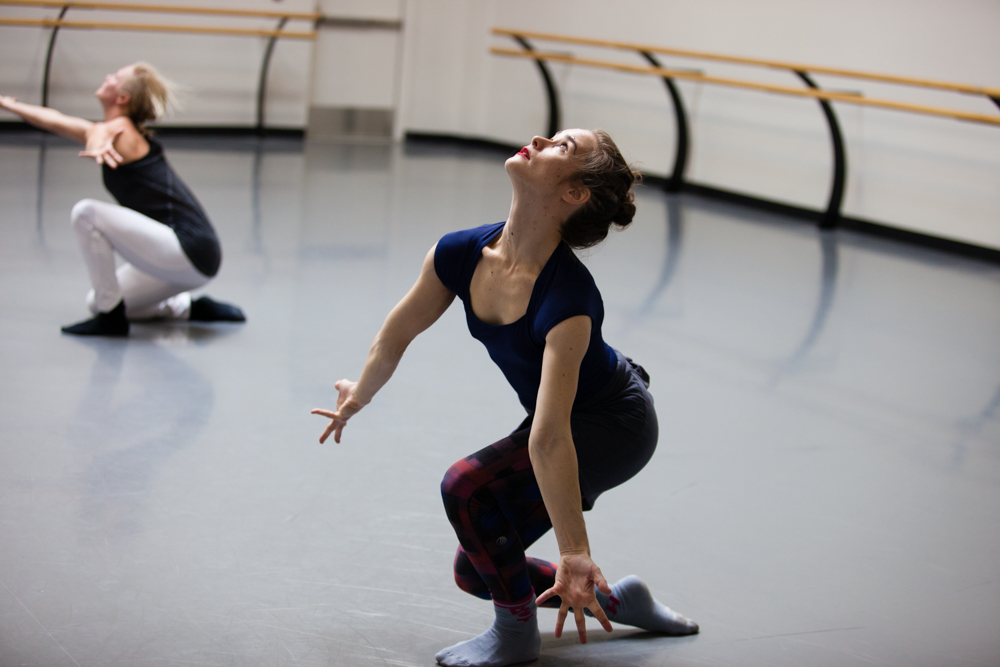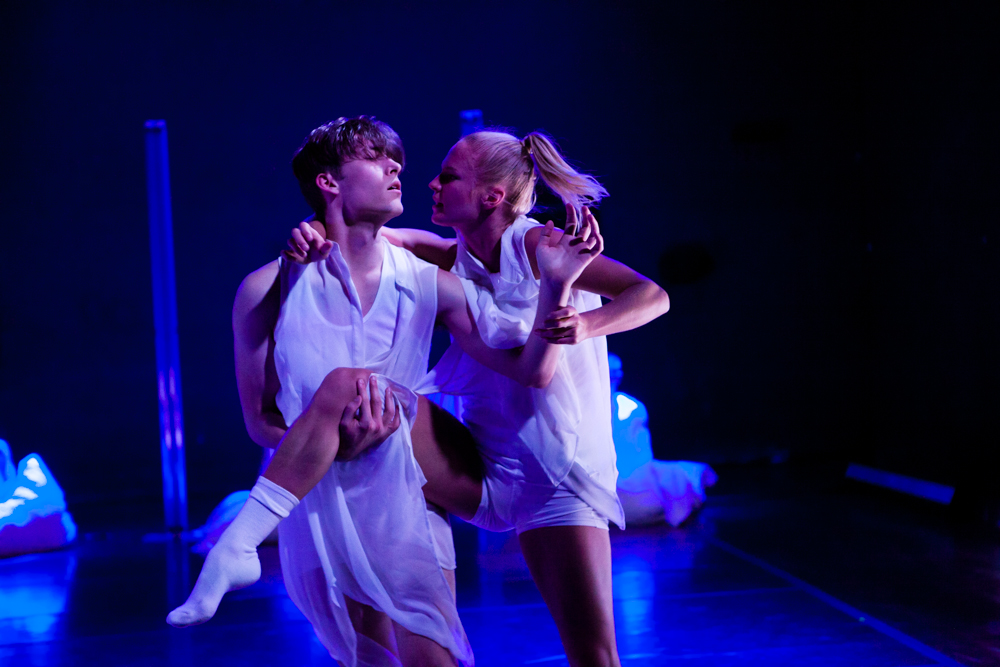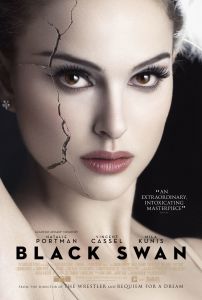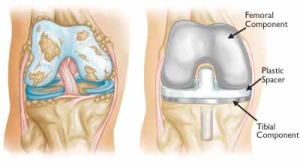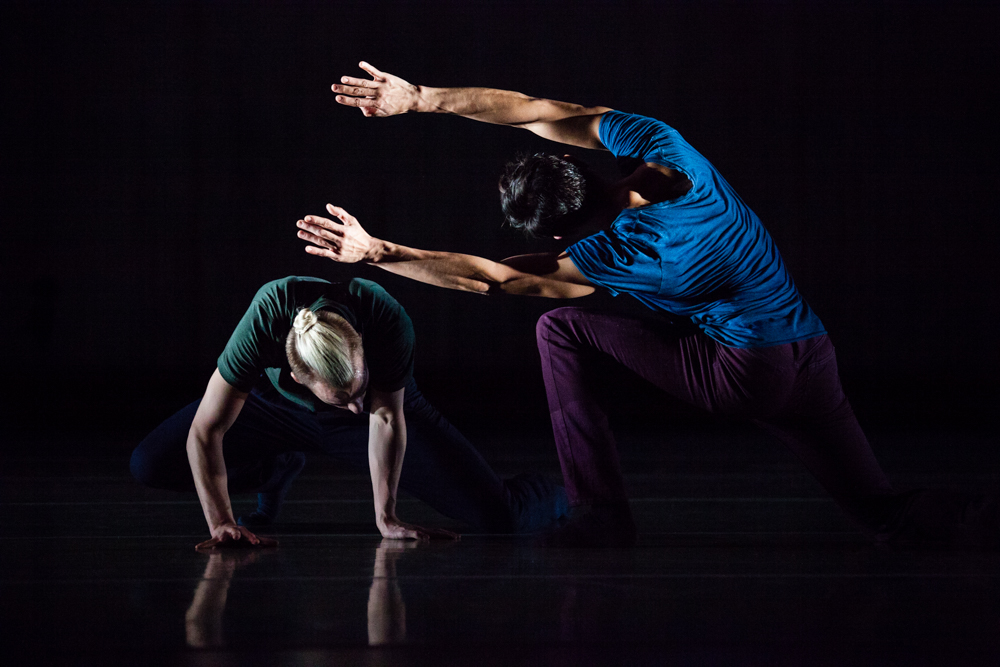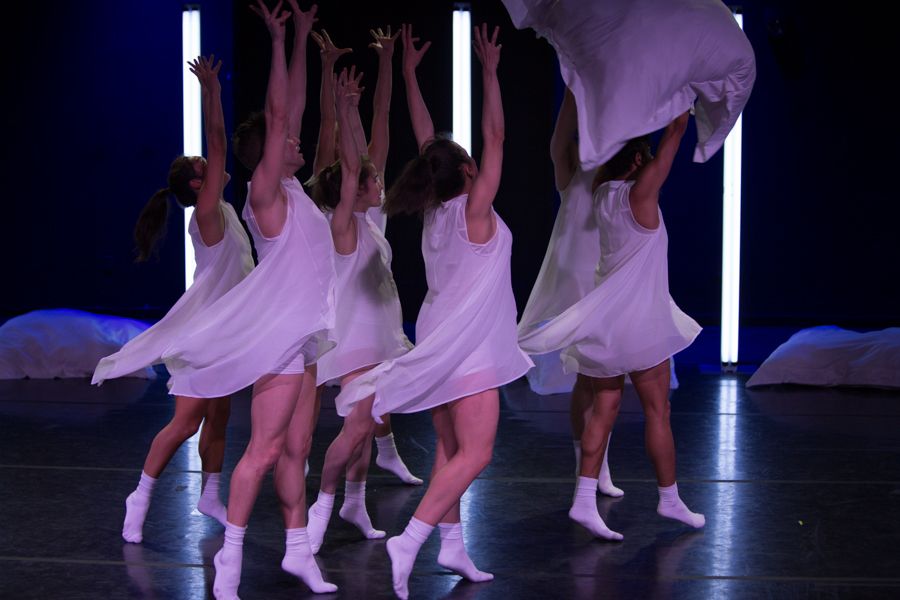Dancers are so matter-of-fact about pain. Whim W’Him’s Lara Seefeldt says they take hurting “as a given,” while Kyle Matthew Johnson, speaking more personally, notes that, “For most shows I’m dealing with some injury or pain, dealing with it and embracing that it’s going to be part of the process.” Tory Peil finds practical ways to cope with pain when it occurs, but says, with a bit of a rueful laugh, “I don’t think about it much—I guess I don’t want to deal with the implications.”
In a blog post several years ago
Although there are always exceptions at the outer edges, of course, the dictionary definition of masochism—as “a condition in which gratification, often sexual, depends on one’s suffering physical pain or humiliation”—rarely fits the bill for the dancers I’ve known. Whim W’Him artistic director Olivier Wevers casually lists “masochism and denial” as part of the everyday equipment of dancers, and recalls how, during his last year of professional dancing, he was scarcely able to move in the morning before he’d had three ibuprofen and a warm bath. But he uses the term “masochism” loosely and with an ironic smile—he’s never considered pain a positive perk of the job. An ability and willingness to put up with hurting as a literal occupational hazard is, however, endemic to the species.
Total knee replacement surgery last month got me thinking about the meaning and uses of physical pain. Follow-up medial appointments provided an odd insight into the startling disconnect between third-person observation and first-person experience.
Measurable fact: Since surgery I’ve been passing the objective tests of mobility, range of motion, strength, with flying colors.
Perception: A month+ out, my knee still hurts during the day and quite a lot at night.
Realization: In this scenario, the doctor, PA, and PT are like audience and critics, watching and praising my performance which they witness from the outside, while I’ve sometimes felt like a dancer who barely gets through the show then collapses in the wings. (“And I’ve seen that happen often enough,” says Olivier.)
Pain used to be a very common accompaniment of the human condition. Now most of us lay people only rarely experience it. After surgery, one exercises, etc., to rehabilitate a body part, but why do dancers persist with this routine not just for a few months but a whole career? If it’s not because they enjoy physical suffering or seek it out as some kind of holy grail, what keeps them going and not quitting through daily discomfort, frequent bouts of real pain, and the continual looming threat of dangerous, perhaps career-stopping injury? What’s in it for them?
For dancers, as for competitive athletes, other deep inner motivations lie at the core of their willingness to engage with pain and come to terms with it.
- Ambition for one. Put in kinder terms, dance satisfies dancers’ desire to make their mark, to be recognized, to garner accolades, applause and attention, to feel fulfilled.
- A drive to perfection is an obvious and related motivation for a successful dance career, while striving to reach it is part of the elusive but intense pleasure of a dancer’s profession.
- Another very useful, perhaps necessary driving force is a brimming reservoir of physical energy, expressed in a love of moving. The act of dancing makes the dancer feel alive, real, her/his true self.
- Perhaps underlying and over-arching it all is enchantment with the whole theatrical world, where mundane drudgery is transformed into something magical or transcendent. Dancing, with all its pains, makes life worth living.
But then, HOW DO THEY DO IT? This Thursday, I’ll focus on some of the strategies dancers use to keep mind/body balance and stay on top of physical pain.
